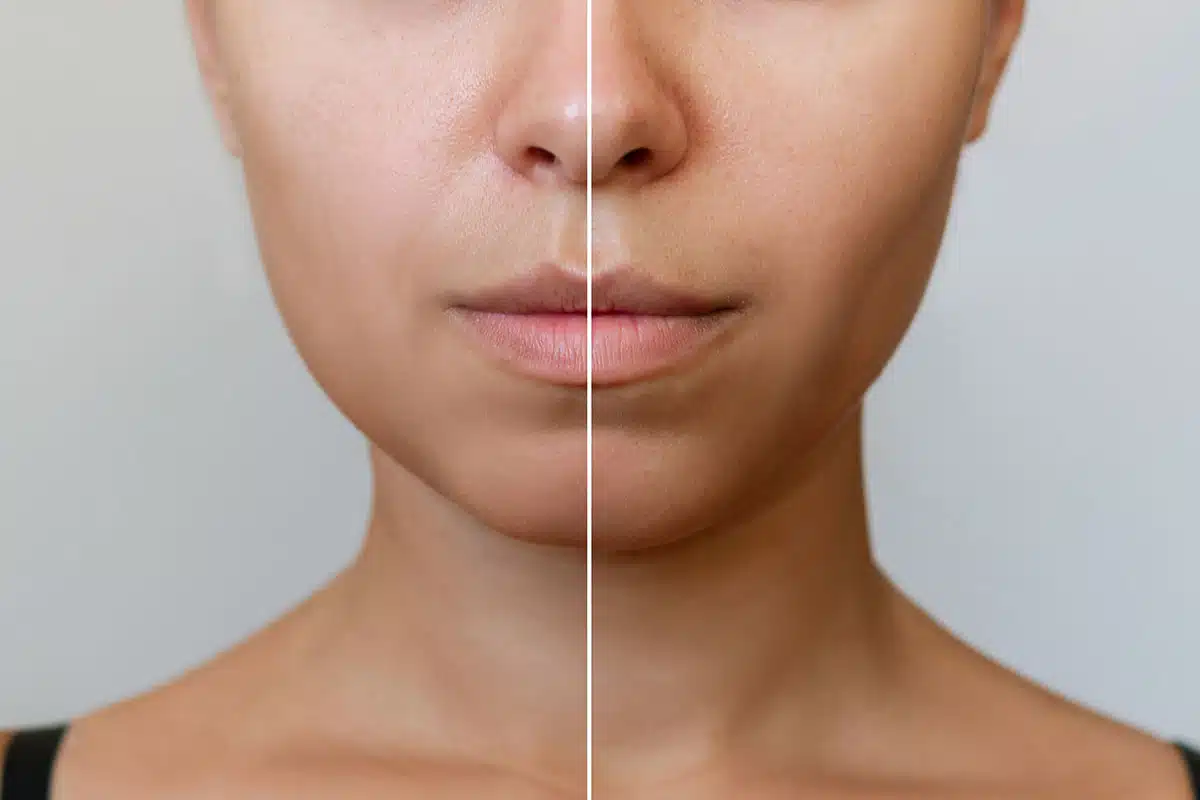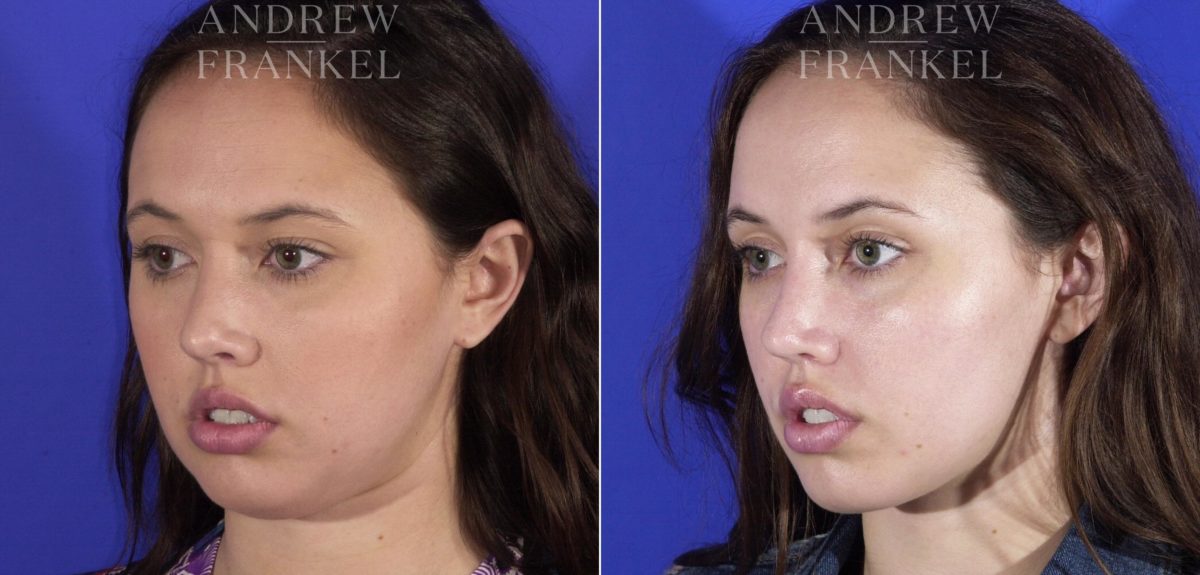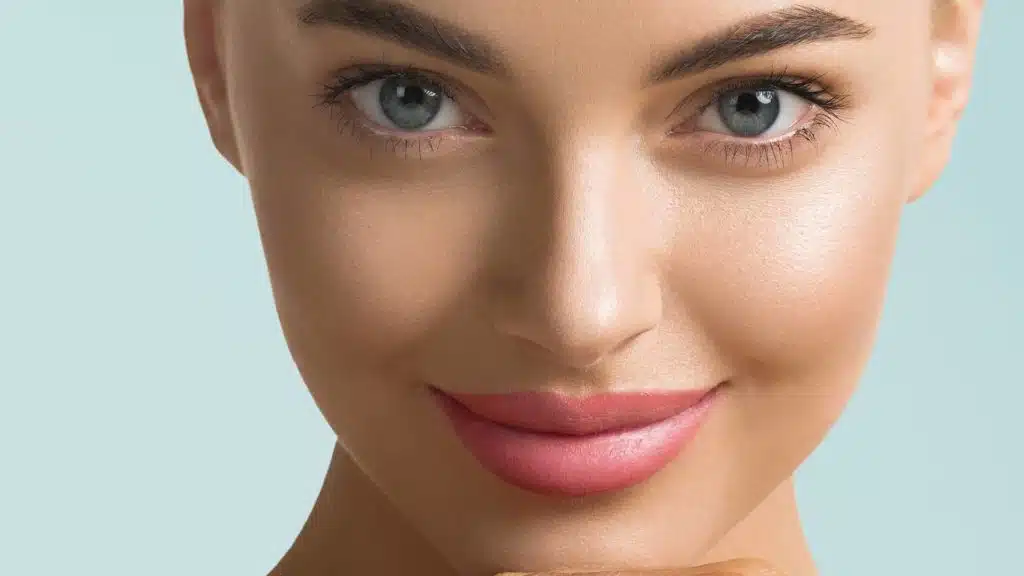
Is Buccal Fat Removal the Right Choice for You? Weighing the Pros and Cons
Thinking about getting rid of that extra cheek fullness for a more sculpted look? You’re not alone—buccal fat removal has become a hot topic in cosmetic surgery. But like any surgical procedure, it comes with both pros and cons, and it’s important to know what you’re getting into before making a decision.
In this article, we’ll break down everything you need to know about buccal fat removal pros and cons. Whether you’re curious, serious, or just doing research, this article will help you figure out if it’s the right move for you.
How Does Buccal Fat Removal Work?
Buccal fat removal procedure (also called buccal fat pad reduction, cheek reduction surgery, or buccal lipectomy) is a quick and simple way to make your lower cheeks look slimmer. If you feel like your face looks a little too round or puffy, this facial procedure might help give you that more sculpted, defined look. Here’s how it works, step by step:
- Step 1: Talk with a Surgeon
You’ll start by chatting with a cosmetic surgeon. They’ll look at your face shape, talk about your goals, and help you decide if it makes sense for you. If your face is already narrow, this might not be the best option. - Step 2: Tiny Cut Inside Your Cheek
If you move forward, the doctor makes a small incision (tiny cut) inside your mouth. No scars on your face—no one will even know. - Step 3: Remove the Fat Pad
There’s a small pocket of fat deep in your cheek called the buccal fat pad. The doctor removes some (not all!) of it to help your face look more contoured and less round. - Step 4: Quick and Easy
The whole thing usually takes less than an hour. You’re awake or lightly sedated, and you go home the same day. Super low-key. - Step 5: Watch the Results Happen
Your cheeks will be swollen for a bit at first, but give it a few weeks. As the swelling goes down, your facial appearance starts to look more defined—and your facial symmetry can really improve.
A lot of people choose buccal fat reduction because contouring with makeup doesn’t always give the same long-lasting results. If you’re looking for a more sculpted look, this could be the move.
What Are the Pros and Cons of Buccal Fat Removal?
If you’re thinking about getting buccal fat removal, it’s super important to know both the good and the not-so-good before you decide. Here’s a real breakdown of the pros and cons of buccal fat removal so you can figure out if it’s right for you.
👍 Buccal fat removal Pros
✔️ More defined cheekbones
This is the main reason people do it. Removing the fat from your lower cheeks helps your cheekbones and jawline stand out more. It can make your face look slimmer and more “snatched” without using makeup or filters.
✔️ No visible scars
The surgeon makes a small cut inside your mouth, so there’s nothing on your skin. Once you heal, no one will be able to tell you had anything done unless you tell them.
✔️ Quick and simple procedure
It’s usually done in less than an hour, and you don’t need to stay overnight. You’re either awake or lightly sedated, and you walk out the same day.
✔️ Fast recovery
Most people feel okay after a few days. You might have some swelling or soreness, but it’s pretty mild. You can usually go back to work or school within a week.
✔️ Permanent results
The fat that’s removed doesn’t grow back, so the results last. You won’t need follow-up procedures to keep your new look.
👎 Buccal Fat Removal Cons
❌ You can’t undo it
Once that fat is gone, it’s gone for good. If you change your mind later or don’t like the final look, there’s no easy way to reverse it.
❌ Might make you look older later
As you get older, your face naturally loses volume. If you’ve already removed cheek fat, this might make your face look sunken or too thin as you age—especially in your 30s or 40s.
❌ Results can be uneven
Sometimes one cheek heals faster or differently than the other. This can lead to slight asymmetry, where one side looks fuller or slimmer than the other. Fixing this may require more treatment.
❌ Not for every face shape
If you already have a narrow or thin face, removing fat might make your facial features look too sharp or even tired. A good surgeon will tell you honestly if you’re not a good fit.
❌ Usual surgery risks
Even though it’s a small procedure, there are still risks like infection, swelling, or nerve issues (like temporary numbness). These problems are rare but still possible.
Buccal Fat Removal Before and After Photos

*Each patient is unique and individual results may vary.
Alternatives to Buccal Fat Removal
Not sure if surgery is your thing? That’s totally fine — there are a few minimally invasive and non-surgical options that can give your face a more balanced or sculpted look without going under the knife.
- Dermal fillers: These can add volume to certain parts of your face (like your cheekbones or jawline), which helps shift the focus away from full cheeks. Results last a few months to a year.
- Facial Fat Grafting: This takes fat from one part of your body and moves it to areas like the cheeks or chin to improve your face’s shape. It’s more natural-looking than fillers but still not permanent.
- Healthy lifestyle: While diet and exercise can’t target just your cheeks, overall weight loss might reduce puffiness in your face. But this varies from person to person — it’s not guaranteed.
These options won’t remove the buccal fat pad, but they might help you get closer to the look you want without surgery.
What Should You Know Before Getting Buccal Fat Removal?
Before jumping into this popular cosmetic procedure, it’s important to ask yourself the right questions. Buccal fat removal can help define your facial contours, but it’s a big decision — and not for everyone.
- Is your face the right shape for this fat removal?
If you already have a narrow or thin face, taking out more excess fat might make your cheeks look too sunken — especially as you get older. - Have you talked to a trusted facial plastic surgeon?
It’s key to choose someone experienced in facial surgery. Dr. Andrew Frankel, a board-certified facial plastic surgeon, is known for customizing each procedure to fit the patient’s unique features and long-term goals. - Do you understand the fat removal risks?
While buccal fat removal is usually a safe procedure, it still comes with possible side effects like swelling, infection, uneven results, or numbness. Knowing the risks helps you make a smarter decision. - Are you thinking about how your face will age?
This surgery gives a slimmer look now — but your facial contours will naturally change over time. Will that sculpted look still work for you in 10 or 20 years? - Are you doing this for the right reasons?
Make sure this choice comes from you — not from a trend or pressure to look a certain way online. Confidence starts from the inside out.
As with any plastic surgeon procedure, asking these questions and working with an expert like Dr. Frankel helps you stay informed and confident in your choice.ill aid in ensuring a favorable outcome for the patient undergoing buccal fat removal surgery.
Revitalize with Dr. Frankel
Step into a world where beauty blends with science, and let Dr. Frankel guide you to a refreshed, youthful appearance.

Long-Term Maintenance After Buccal Fat Pad Removal Surgery
After getting buccal fat removal, the results are meant to last. But keeping your face looking good still takes a little effort:
- Stay at a healthy weight. Big weight changes can affect how your face looks.
- Eat well, stay active. It helps keep your overall appearance balanced.
- Optional touch-ups. Some people choose small non-surgical treatments (like fillers) later on to tweak or freshen up their look — but that’s totally up to you.
That’s it. Nothing intense — just smart habits to protect your results.
Consult with an Expert Surgeon to Make an Informed and Confident Choice
Choosing to change something about your face is a big deal — and it deserves real thought, expert guidance, and clear information. The best decisions come from being educated, not rushed.
That’s where Dr. Andrew Frankel comes in. As a board-certified facial plastic surgeon with decades of experience in facial contouring, he’s helped hundreds of patients decide if buccal fat removal is the right fit for their features and goals. His work is known for being subtle, natural-looking, and customized to each person’s unique facial structure.
When you meet with Dr. Frankel, you’re not just getting a surgeon—you’re getting a trusted expert who will:
- Walk you through the benefits and risks of the procedure
- Give honest feedback about whether you’re a good candidate
- Answer your questions with clarity, not pressure
- Help you picture how your face may change over time
Whether you move forward or not, the goal is simple: to help you feel confident, safe, and informed.
Because in the end, this isn’t just about removing excess fat — it’s about making a choice that supports your self-image, your health, and your future.

